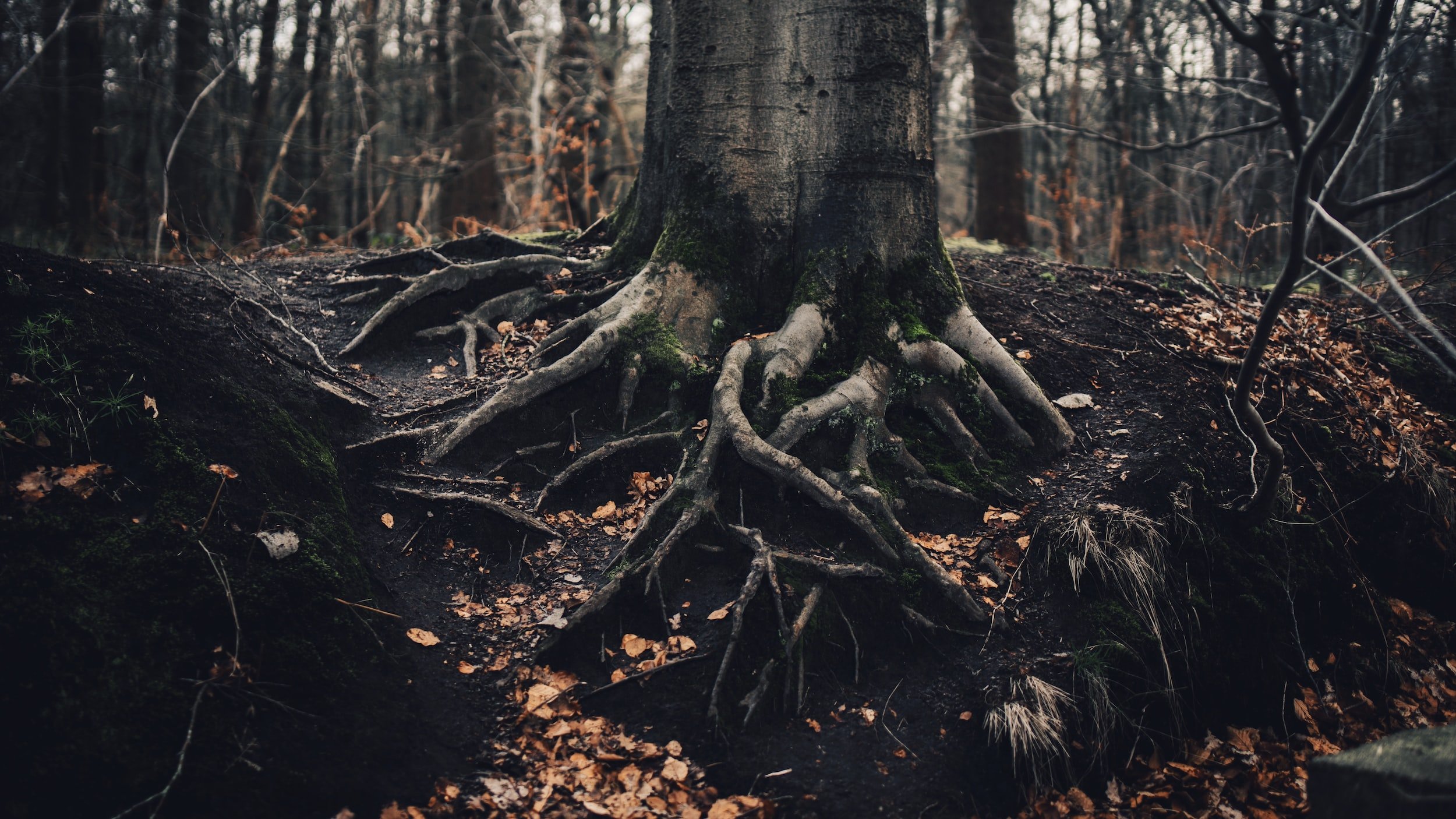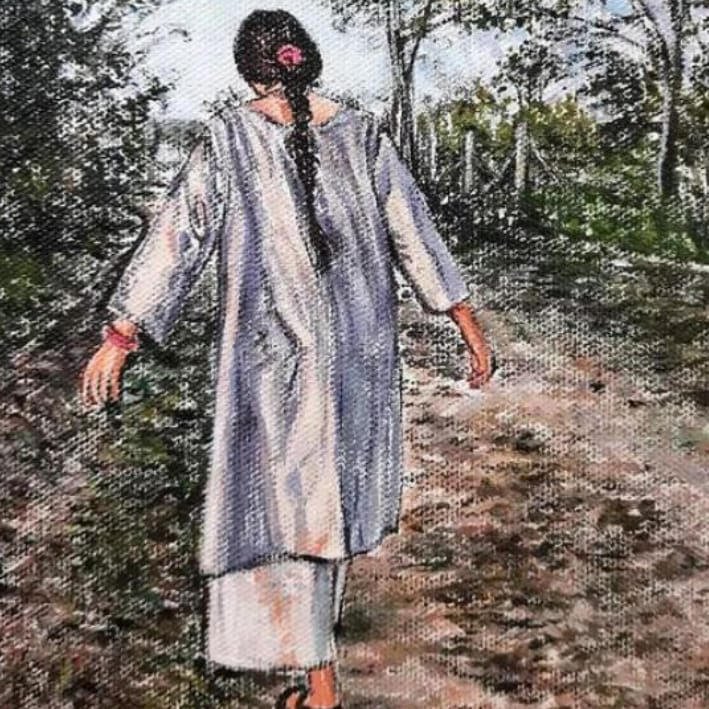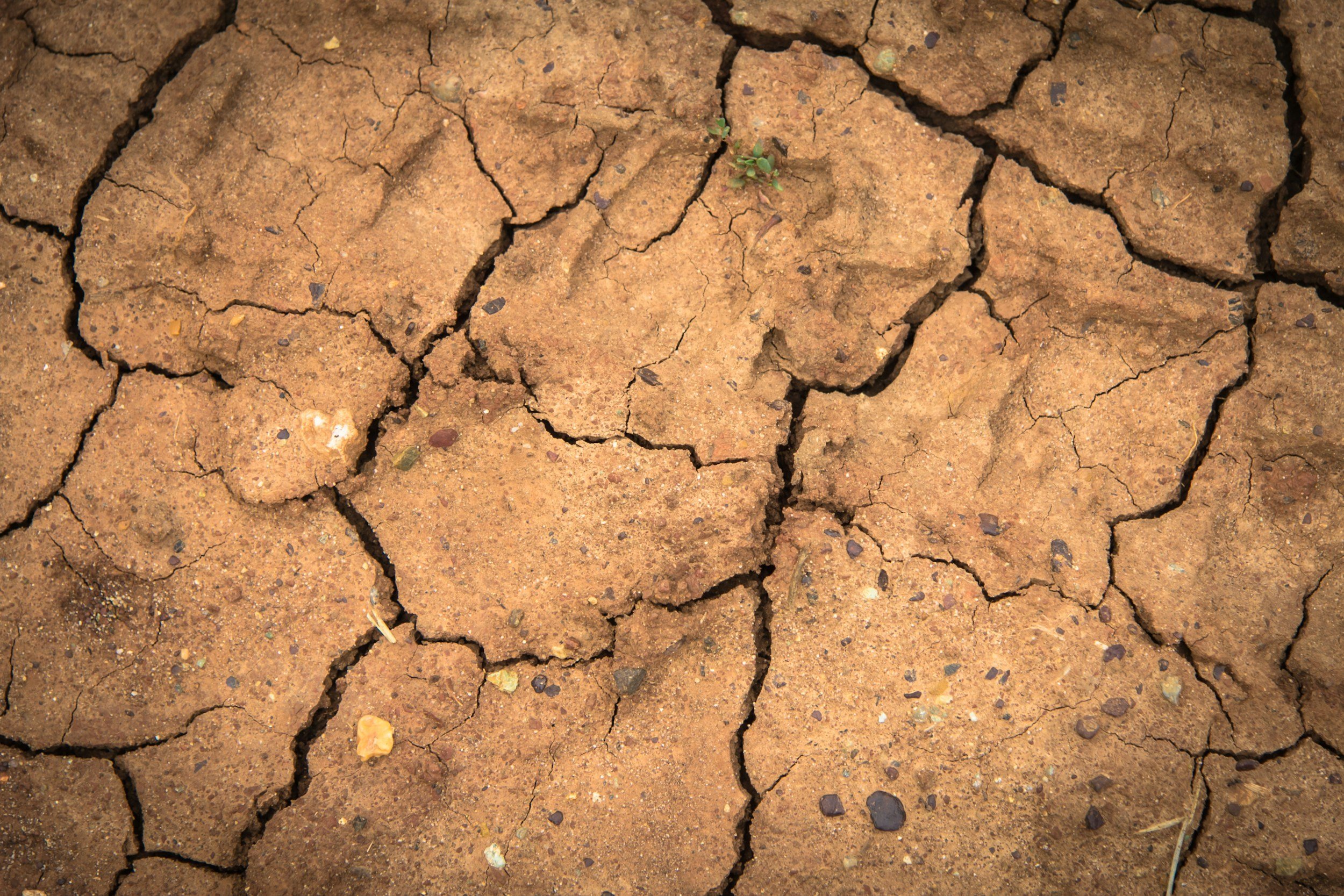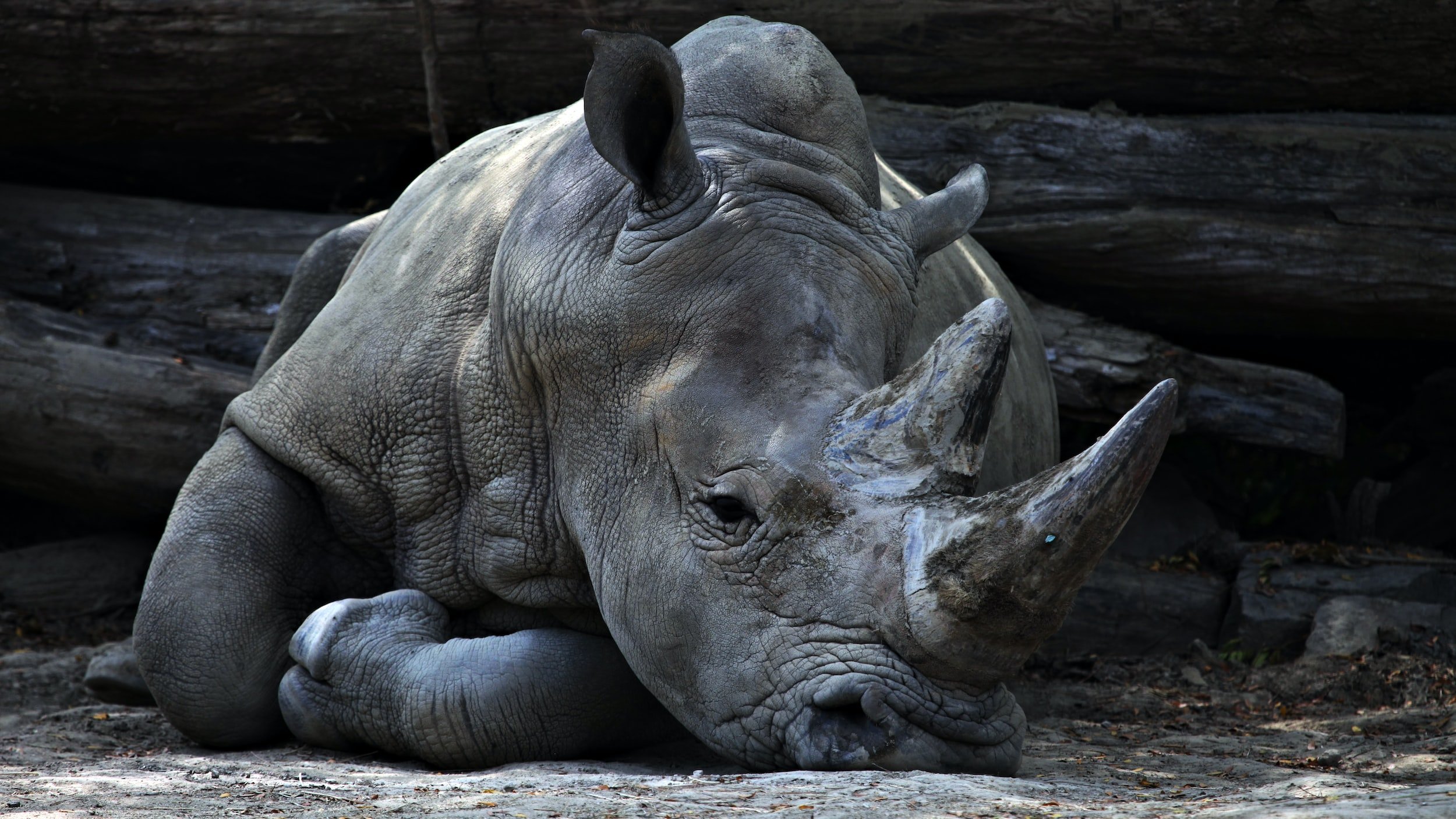
PUBLICATIONS
Publications
Our publications feature a combination of our own writing and pieces from changemakers who are working in the area of sustainable population advocacy from a justice-oriented framework for people, animals, and the planet.

I’m childfree, not childless. This is what it means.
Intellectually, ecologically, and spiritually, the childfree offer a compelling and wider imagination around belonging and care. They raise — not children — but standards of an ethical life.

Population: The fear of limiting people and our things
Here’s a question almost no one wants to talk about: What is the sustainable size of the human population, at what level of aggregate consumption? Why are so many people afraid to discuss something so essential?

Reproductive autonomy is fundamental to conservation
Overconsumption has brought us the climate crisis, the Sixth Great Extinction, expanding desertification, and the depletion of fresh water supplies across the globe. But it is humans, at this point eight billion of us, who are doing that consuming. It should not be controversial that our profound state of ecological overshoot is a product of both our population and our consumption.

Boiling frogs
In the span of a hundred years, the number of people on Earth has quadrupled, from two billion to eight billion, the latest billion added in only eleven years. This slow-motion disaster used to garner headlines in the 1970s. Concern about population explosion launched the first Earth Day and founded many environmental groups. Back then there was urgency about human overshoot. But then we gained another four billion people and somehow lost our minds.

We need to talk about overpopulation
Nandita, you have become committed to exploring the impacts of pronatalism and have been embedding the issue of human population growth ever more deeply into humane education. What inspired you to devote so much thought and time to this particular issue?

